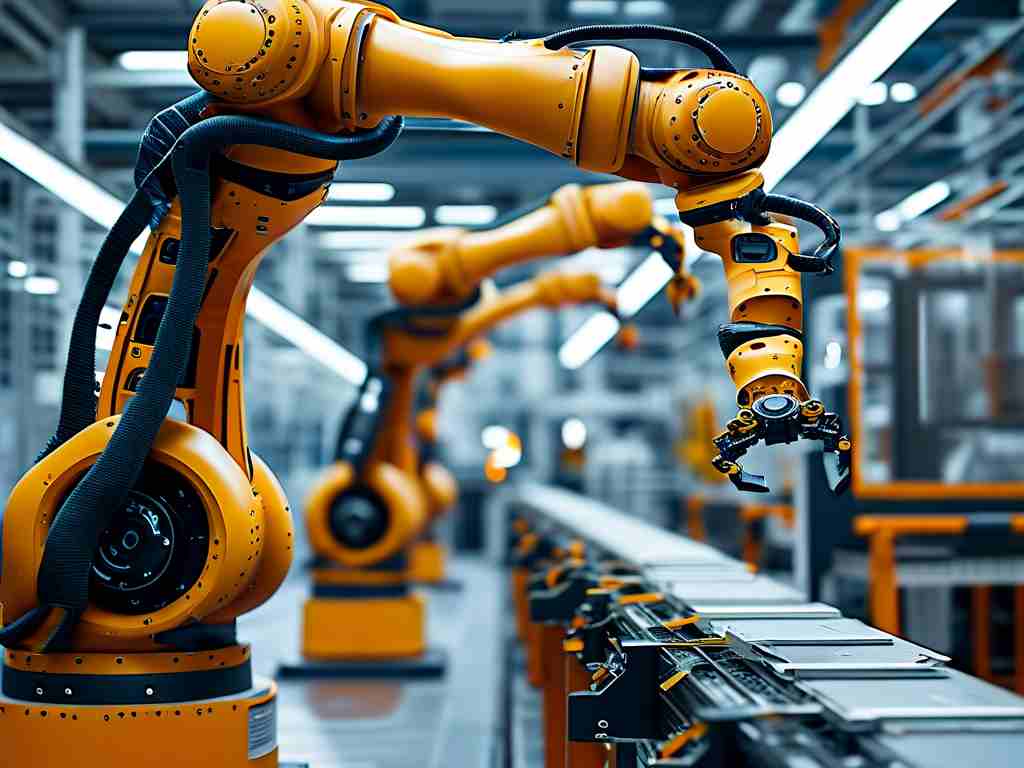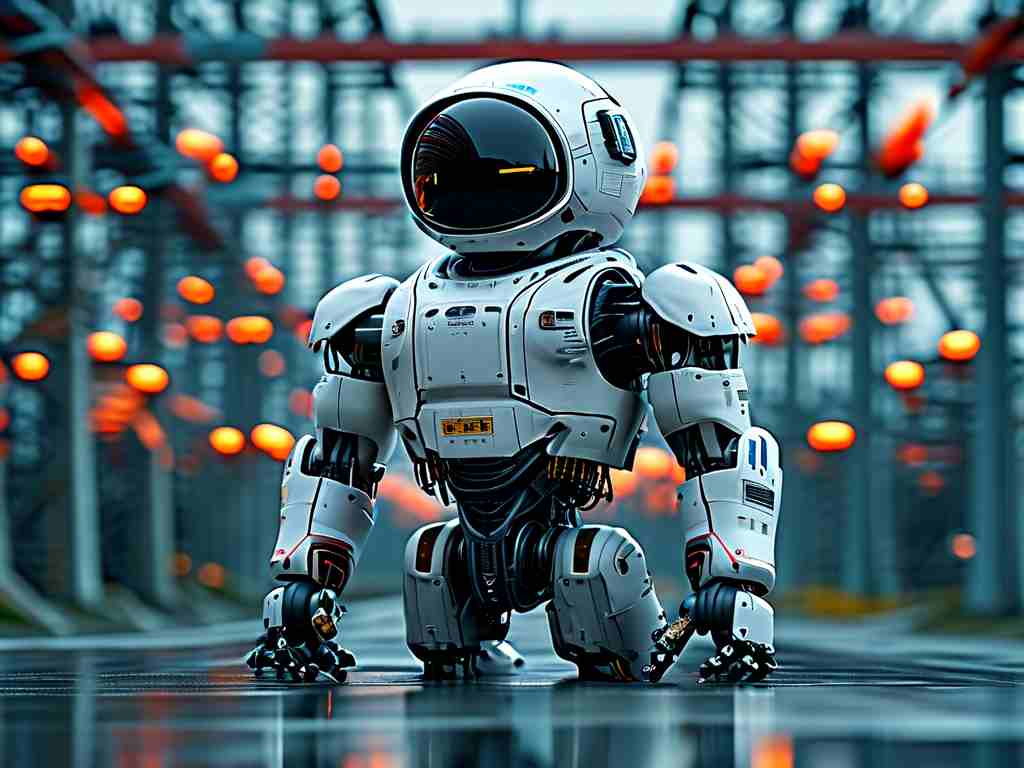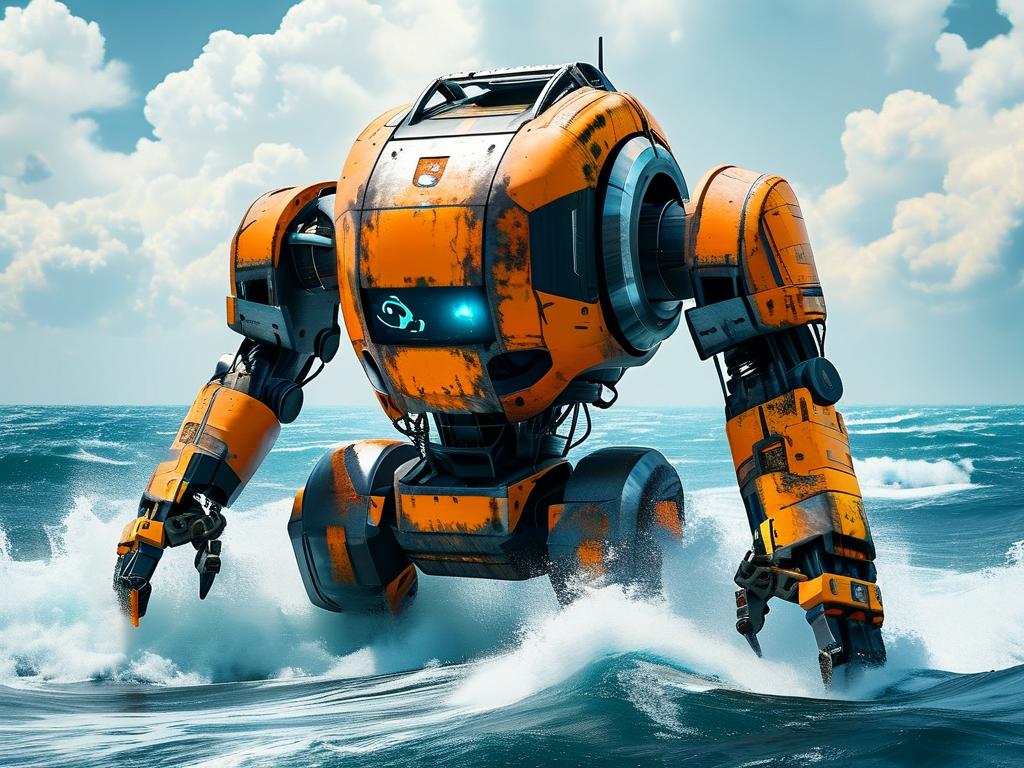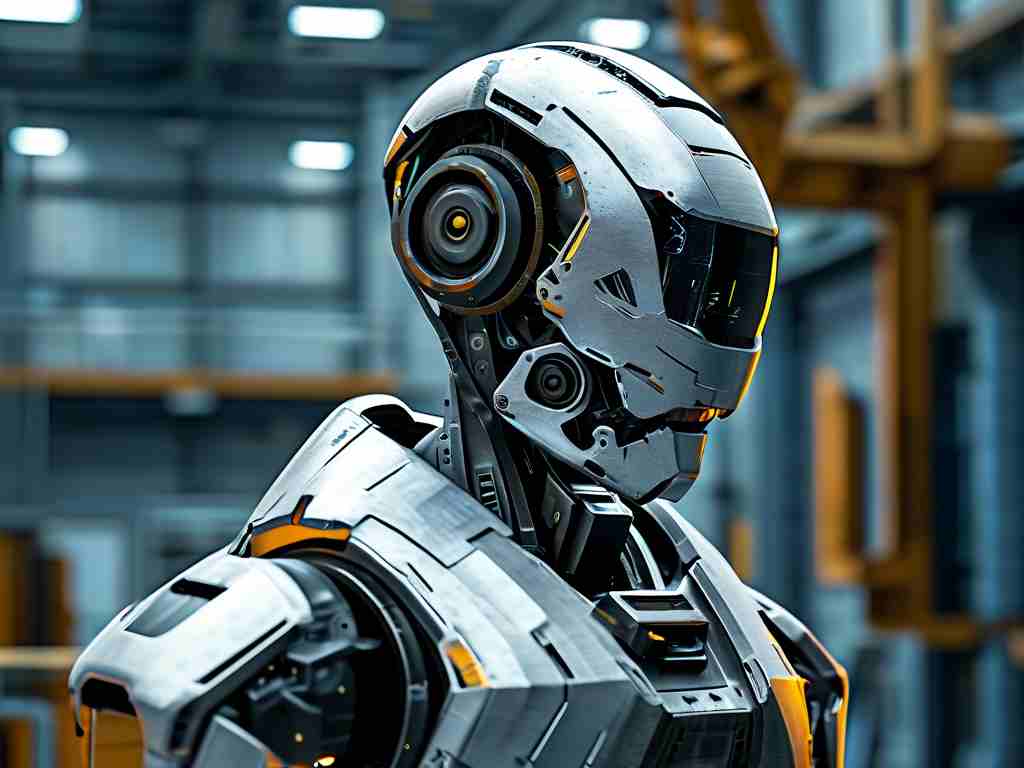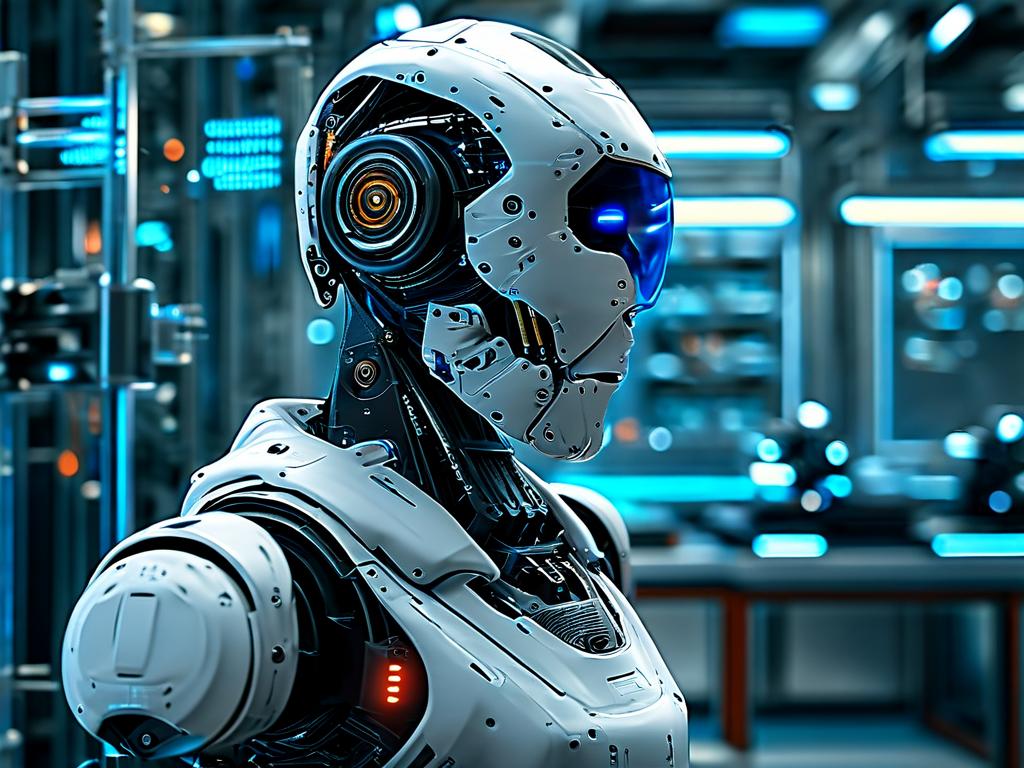The relationship between arc technology and robotics has sparked debates among engineers and researchers. While both fields involve advanced automation, their core principles and applications diverge significantly. This article explores whether arc-based systems qualify as robotic technology and examines their roles in modern industrial ecosystems.
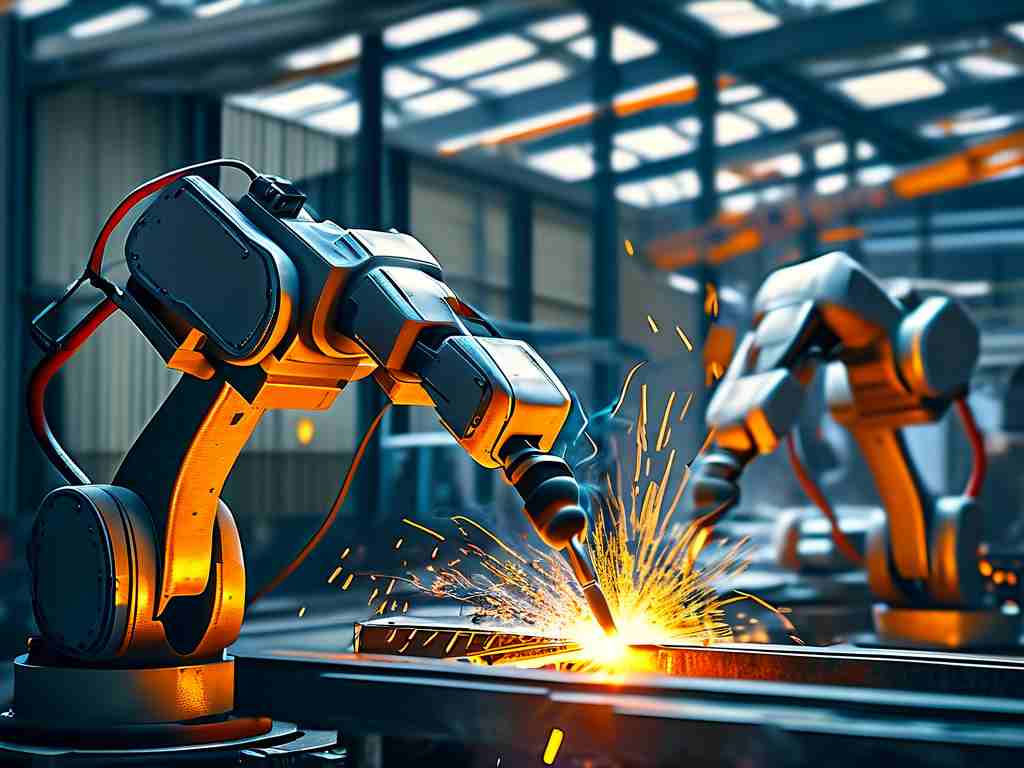
Fundamental Differences
Arc technology primarily refers to electrical discharge processes, such as arc welding or plasma cutting, where controlled electrical currents create intense heat through air ionization. These systems rely on precise energy management rather than autonomous decision-making. In contrast, robotics integrates mechanical movement, sensory feedback, and programmable logic to perform complex tasks without constant human intervention.
A robotic welding arm using arc technology demonstrates this distinction. While the arc provides the energy source, the robotic components handle positioning, path planning, and quality control through integrated sensors and AI algorithms. This symbiosis shows how arc processes can be incorporated into robotic systems but don't constitute robotics themselves.
Historical Context
The evolution timeline further separates these technologies:
- Arc welding dates back to 1881 with Nikolay Benardos' carbon arc method
- Modern robotics emerged in 1954 with George Devol's programmable manipulator
This 73-year gap highlights their independent developmental paths. Early arc applications focused on metallurgy and construction, while robotics initially targeted manufacturing assembly lines.
Technical Architecture Comparison
A typical arc system contains:
- Power supply unit
- Electrode assembly
- Cooling mechanism
- Safety interlocks
Robotic systems feature:
- Actuators and end-effectors
- Control software
- Machine vision components
- Machine learning modules
The absence of cognitive capabilities in standalone arc equipment confirms its non-robotic nature. However, modern hybrid systems like automated plasma cutters blend both technologies, using robotic arms to manipulate arc tools with micron-level precision.
Industry Applications
Automotive manufacturing best illustrates their coexistence. Robotic cells perform 92% of spot welding in vehicle production, but critical seam welding still requires human-operated arc systems for quality assurance. This operational hierarchy demonstrates how each technology addresses different requirements:
- Robotics excels in high-speed repetition
- Arc systems provide adaptable energy delivery
Emerging solutions like adaptive arc welding robots combine both advantages. These machines use laser scanners to detect joint variations and adjust welding parameters in real-time, achieving 0.2mm positional accuracy – impossible with conventional methods.
Future Convergence
Advancements in material science and AI are creating new intersections. Smart arc systems now incorporate:
- Neural networks for defect prediction
- IoT connectivity for remote monitoring
- Self-optimizing power algorithms
While these features edge closer to robotic intelligence, the lack of physical manipulation capabilities maintains their classification as enhanced tools rather than true robots. The global arc equipment market (projected to reach $4.8B by 2029) continues growing separately from the robotics sector, though cross-technology innovations are accelerating.
Arc technology and robotics represent distinct technological domains that increasingly collaborate rather than compete. Understanding this relationship helps industries allocate resources effectively – utilizing robotic automation for process control while leveraging arc systems for precision energy application. As cyber-physical systems evolve, the boundary between tools and robots may blur, but fundamental differences in design philosophy and operational scope will likely persist.


